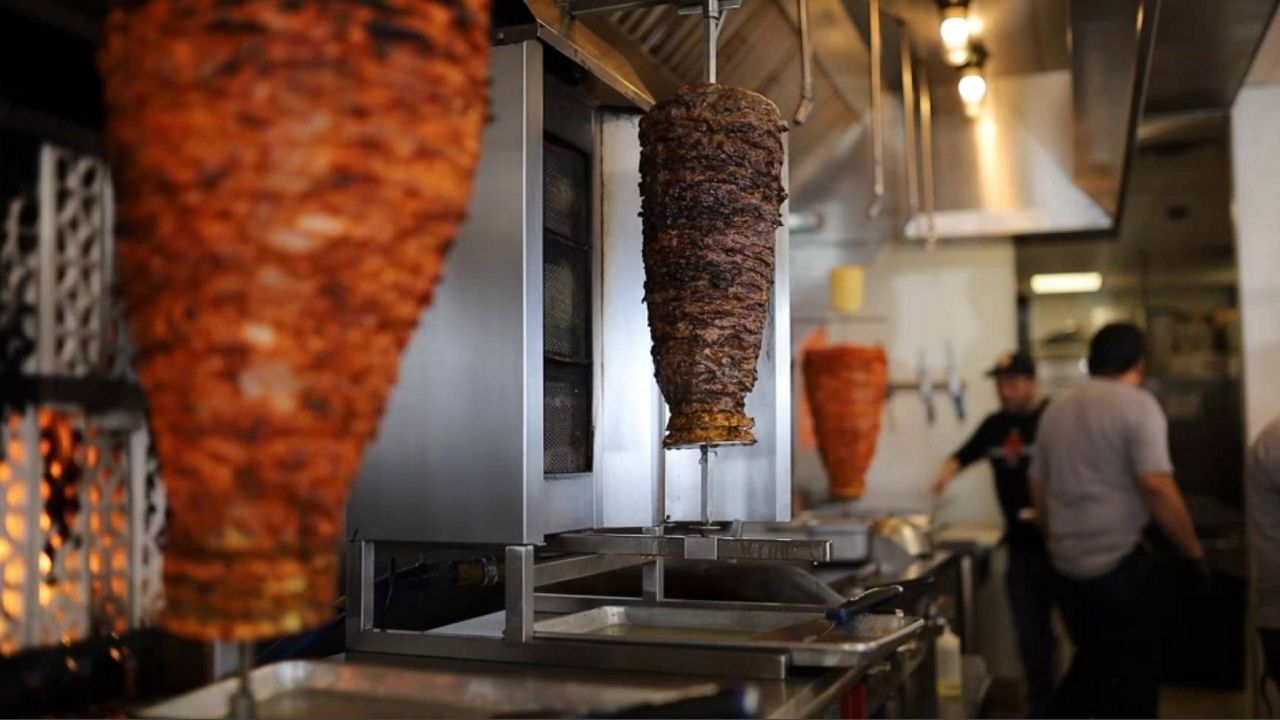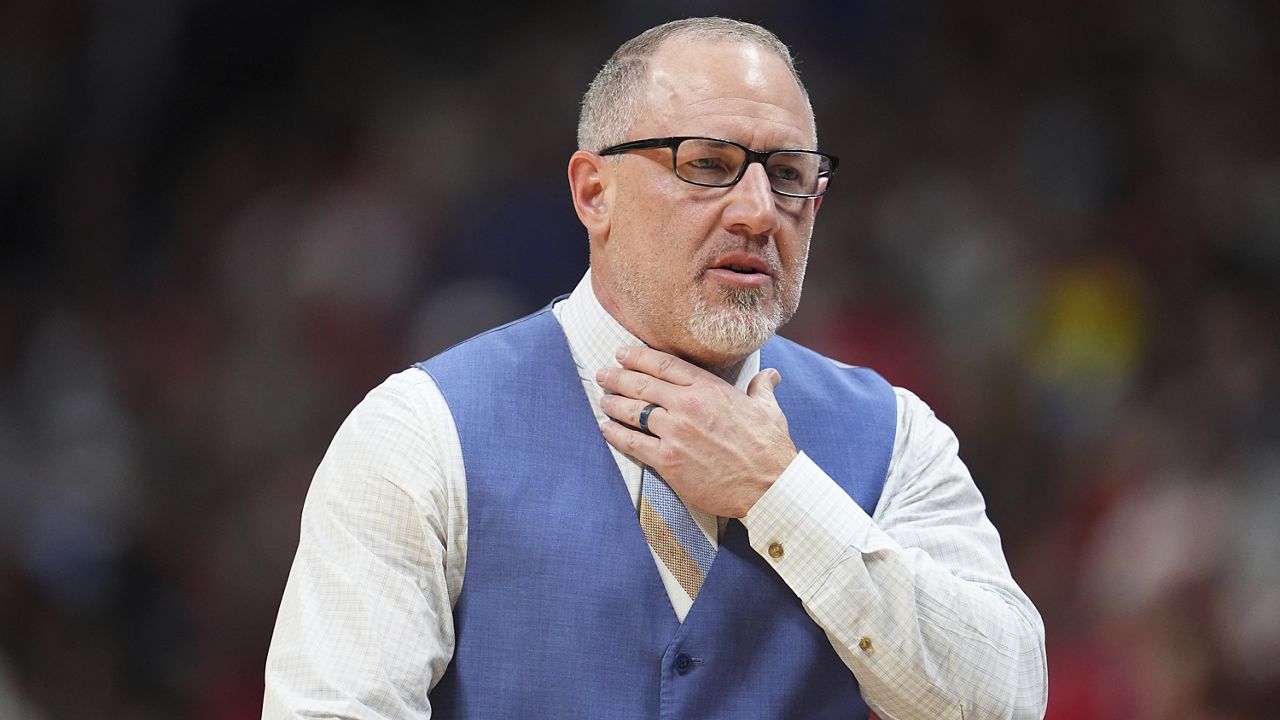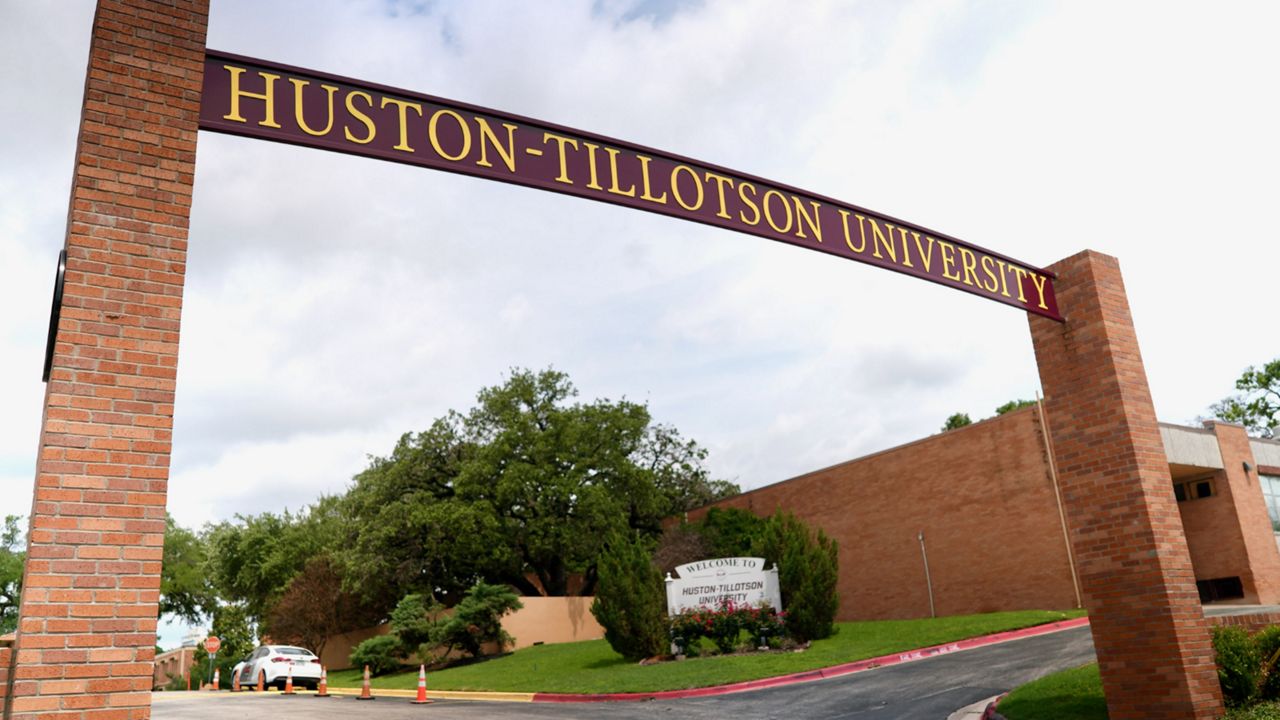SAN ANTONIO — Joe Coronado grew up in the Cassiano Homes on San Antonio’s Westside, in one of the most impoverished areas of town. These housing projects are typically called “los courts,” or “the courts,” which were built in the 1950s for poor Mexican-American families.
Coronado’s childhood was full of fun memories.
“I saw people putting food on the table, I saw kids playing outside, I saw neighbors helping neighbors, cutting the grass, helping the senorita cross the street,” Coronado said. “[I saw] families getting together. It was never what you would see in the Hollywood films or what people think now what the Westside is, based on one experience they had.”
He believes barrios like these usually have a negative connotation attached to them because of the local media and how films portray them, so he’s reclaiming the stories with a short film titled “A Prayer.”
“We want to capture the stories. We want people to know what it was really like so that future generations can understand everything and anything that they can about their cultura right here on the West Side,” Coronado said. “We want to capture the stories. We want people to know what it was really like so that future generations can understand everything and anything that they can about their cultura right here on the West Side,” Coronado said.
San Antonio native Jesse Borrego, who's known for his iconic role in the Chicano film “Blood In, Blood Out,” has seen what happens to stories about the barrio when they get to the Hollywood level.
“People who want to make a career out of media. I go look, your story is valid, but realize when you get to the funding commercial mechanisms, they are going to want to water it down,” Borrego said.
Borrego recently became a voting member of the Academy Of Motion Picture Arts and Sciences. He explained how folks are conditioned into believing these negative stereotypes of his gente.
“So, you then multiply that by 10 to 100,000 of entertainment hours, that becomes the norm,” Borrego said.
Coronado is completely aware of that.
“It’s unfortunate because that stigma doesn’t help us as Latinos. It really puts a burden on us because we aren’t allowed to grow,” Coronado said. “That’s a portrayal of what Hollywood and other people think about us, but it’s far from the truth.”
Borrego believes Coronado’s pursuit to tell these stories is a continuum of what he did in the 90s and what other filmmakers did in the 70s — telling the true stories of the barrios.
“To me, all I can do is say, ‘Dude, what you are doing is great. Ruca, what you are doing is right on, siguele, siguele (go on)'” Borrego said. “They, in return, will keep creating.”
For Coronado, creating this film on San Antonio’s Westside may be expensive, it may even cost him a lot of time, but he believes the sacrifice is worth it.
“That’s probably one of the biggest things I’ve taken from growing up in the barrio. It’s all the sacrifices that everybody’s made. Especially my grandmother — and we all have to carry that cross — and the more we appreciate that cross, the better we become,” Coronado said.











